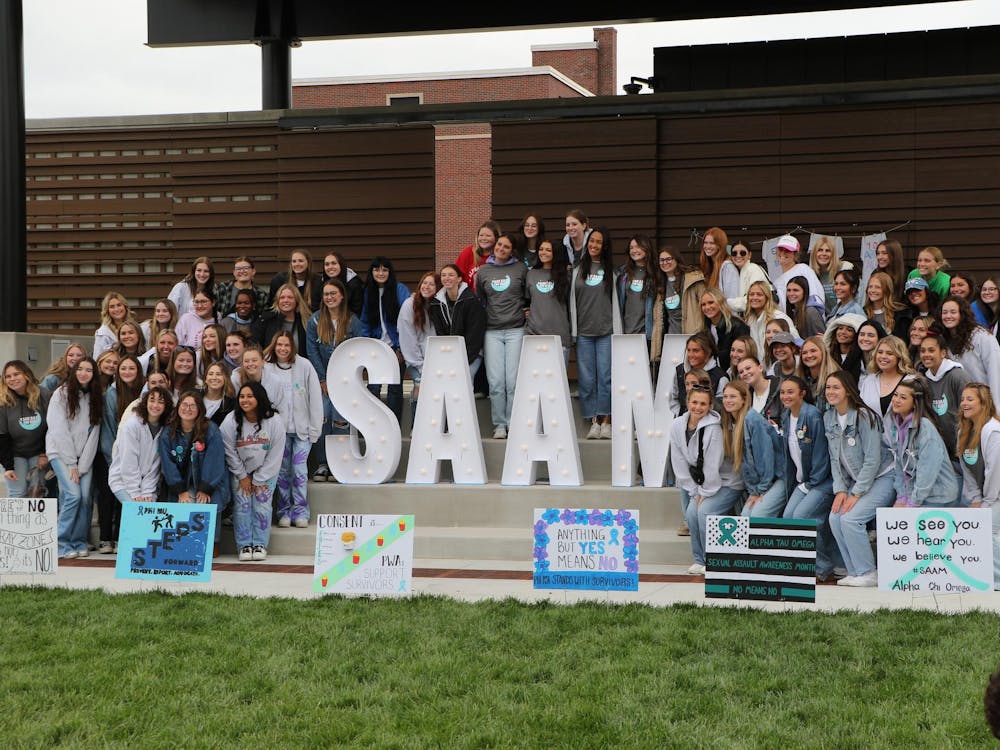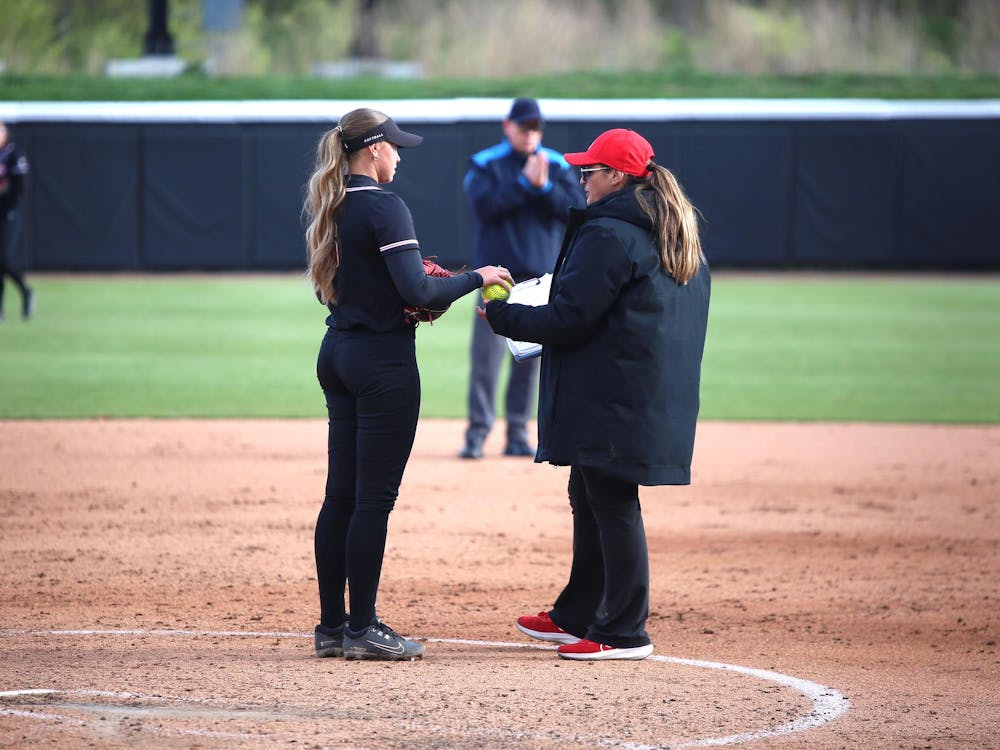Justice Amick is a junior news journalism major and writes “Pencil Shavings" for The Daily News. Her views do not necessarily agree with those of the newspaper. Write to Justice at jramick@bsu.edu.

Meet the Mason family — a beautiful mother, her handsome, hard-working husband and their two perfect children, 10-year-old Leo and 8-year-old Daisy. They live in a quaint house, perfect for garden parties and summer fun. Together, they create the perfect family — that is until Daisy goes missing, and their perfect world comes crumbling down.
Taking place in Oxford, England, the same place where the author herself, Cara Hunter, lives, the story unfolds through the eyes of Detective Inspector Adam Fawley, the lead detective on the case of Daisy Mason’s abduction. Fawley knows that in almost all of the cases he takes where there’s a missing child, nine times out of 10, the kidnapper is someone close to home. In his mind, the people closest to Daisy already know who took her. Maybe not right now, but, in the end, they’ll know.
Throughout the book, the reader begins to realize through seemingly insignificant details just how unperfect the Mason family is. The mother is obsessed with keeping everything perfect, the father constantly working strange hours and acting as though he’s guilty of something. And lastly, little Leo, shy and quiet, may have all the answers everyone is looking for, locked up tight.
Hunter draws the reader in with seemingly small details hidden in plain sight. It’s almost as though she gives the reader all of the answers they need: who did it, with what and where. It’s like a big game of Clue where you have to weed through what doesn’t make any sense. It’s the kind of book that requires detection and brings to life the small child in all of us who wants justice for a bad thing that happened.
The book, being set in another country, allows the reader to see into the culture of somewhere new, specifically a glimpse into law enforcement. The criminal system depicted in the book resembles that of America’s. Because of this, the ending makes more sense and allows for it to seem realistic. As I neared the end, I began to think about other lost, or “abducted,” children, how they might have been in similar situations and how they still aren’t found.
From reading this book, I was able to tap into the love I have for the Daisy in my own life, my little sister. My little sister is one of the main lights of my life and has many similarities to Daisy in the book: pretty, bubbly and occasionally mischievous. It’s almost as though Hunter realizes that everyone in the world has their own Daisy, whether that be their child, friend or niece or nephew.
That’s what makes this book perfect for anyone, anywhere. We all live in a world where children go missing everyday and are nowhere to be found. We all have someone in our life that is the picture of innocence and beauty and if anything like this were to happen to them, our own worlds would crumble down.
People say you can't trust everyone and you can’t judge a book by it’s cover. Hunter takes that idea and makes the reader realize they can’t judge a book by its cover, because sinister things could be hiding underneath. So, grab a copy and try to answer the question, “What happened to Daisy Mason?”





